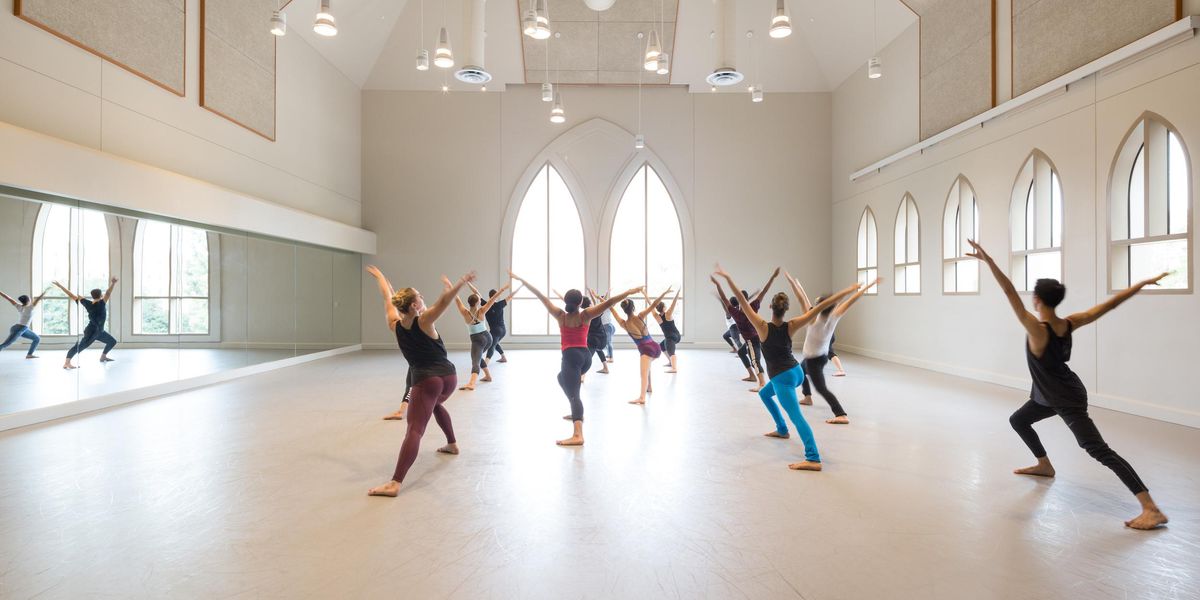Preserving the Past
Last week, dance great Bill T. Jones blogged about the question of preserving the past within the next generation of dancers. He commented on how refreshing the Martha Graham Dance Company’s performance of its newest work—The Tempest Songbook—was, as it fused classical Graham movement and shapes with contemporary elements of film and design. For Jones, the event was “encouraging,” perhaps because the company was able to maintain the formality of Graham technique within a more updated—dare I say contemporary—structure.
This, to me, presents a great challenge. As a young dancer, I’m frequently asked to generate my own material and set my own phrase work in both student and guest dances. I love this opportunity—to be able to move like myself—and I know my fellow dancers do, too. But if we’re consistently encouraged to explore our own movement, even in technique classes, ​how do we maintain the rigor of classical techniques? Without many “classical” modern companies left, should we even care to infuse post-modern traditions and ideas (pertaining to the techniques of Cunningham, Limon, Graham and others) into our work?
Jones posed a similar question ​to some of my peers when he popped by Tisch Dance to coach a rehearsal for his Ravel: Portrait or Landscape?, which was set on the students by dance goddess Janet Wong. To Jones, Ravel was a response to post-modern greats, an attempt to preserve their legacy through a slicing-and-dicing of their signature styles. At Tisch, the work had changed. Unlike the Graham work he wrote about, which had maintained its signature structure and style even in a contemporary setting, Tisch’s Ravel was a personal interpretation of the movement.
The question remains: Do we, as the next generation of dance artists, find it important to preserve and present classical traditions in our own work? In our interpretations of others’ work? It’s one that can’t be answered generally, I think. Personally, it’s not one I had even necessarily addressed until reading Jones’ post—and I’m not sure my peers in his rehearsal had thought about it either. I appreciate that Jones opened up the floor for this type of discussion.
In the meantime, I’ll continue to enjoy watching Ravel as part of our final concert. It’s become one of my favorites of the evening, and it’s exciting to see the influence that Jones’ thoughts and comments have had on the way the dancers perform the work.




